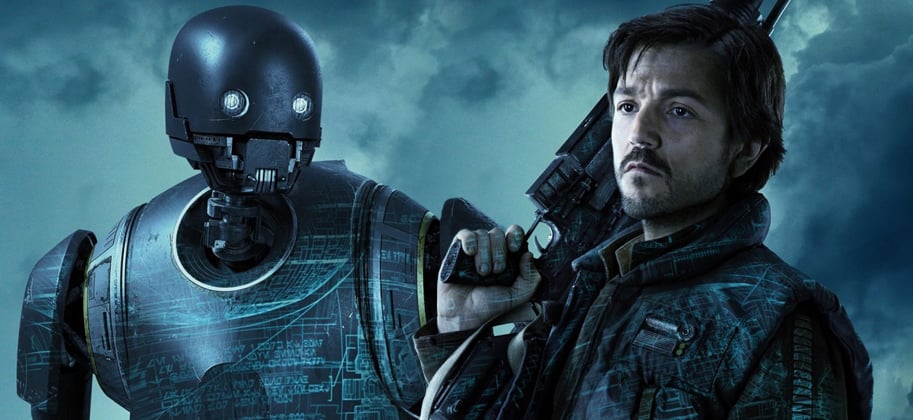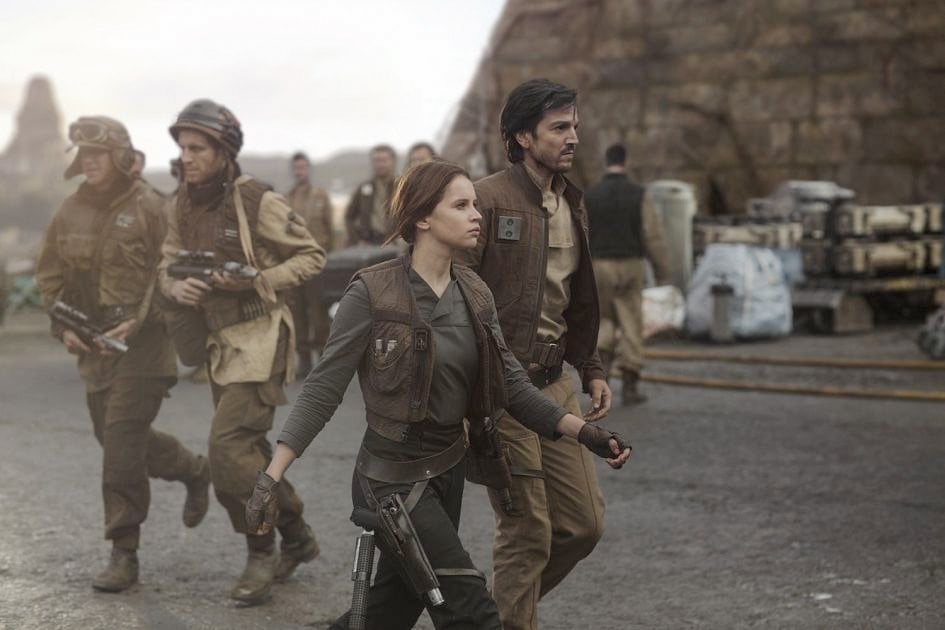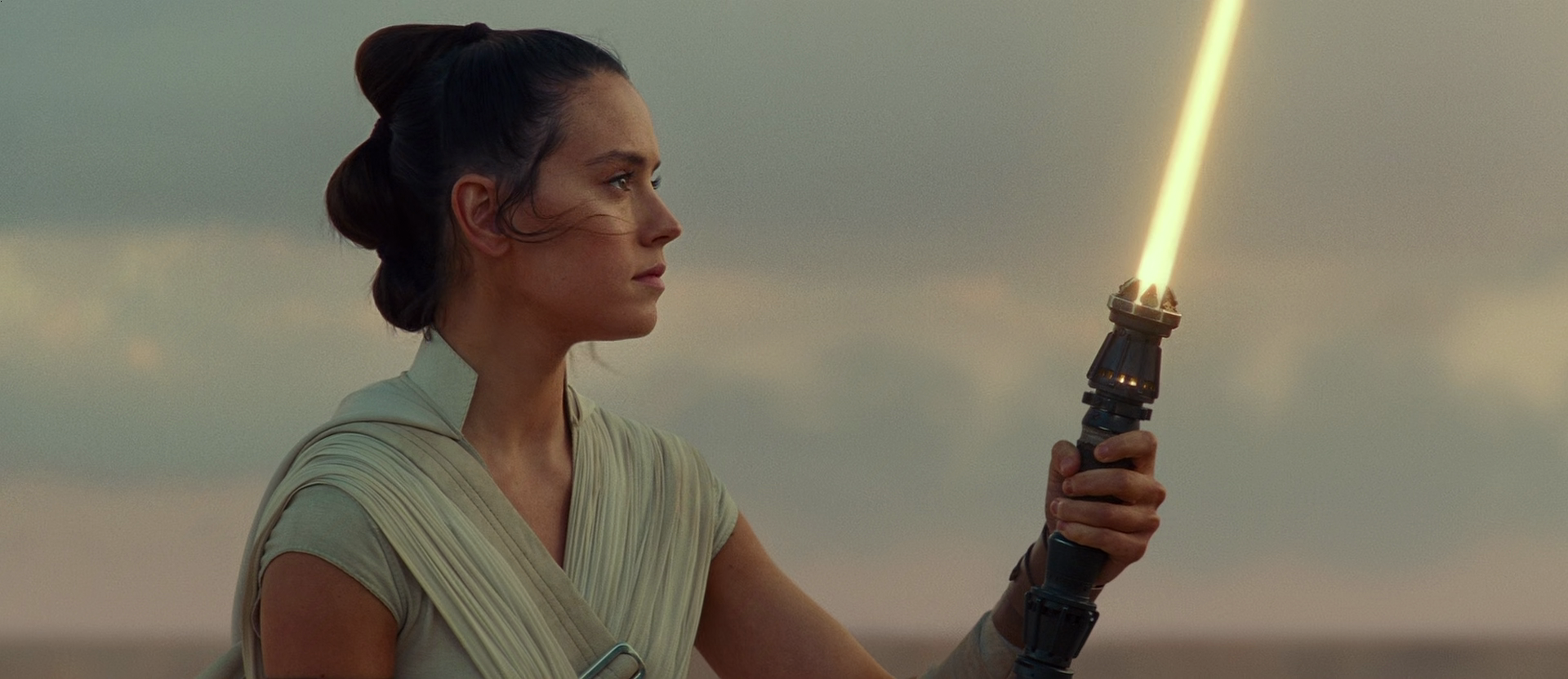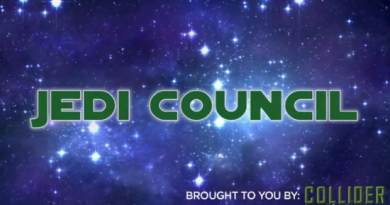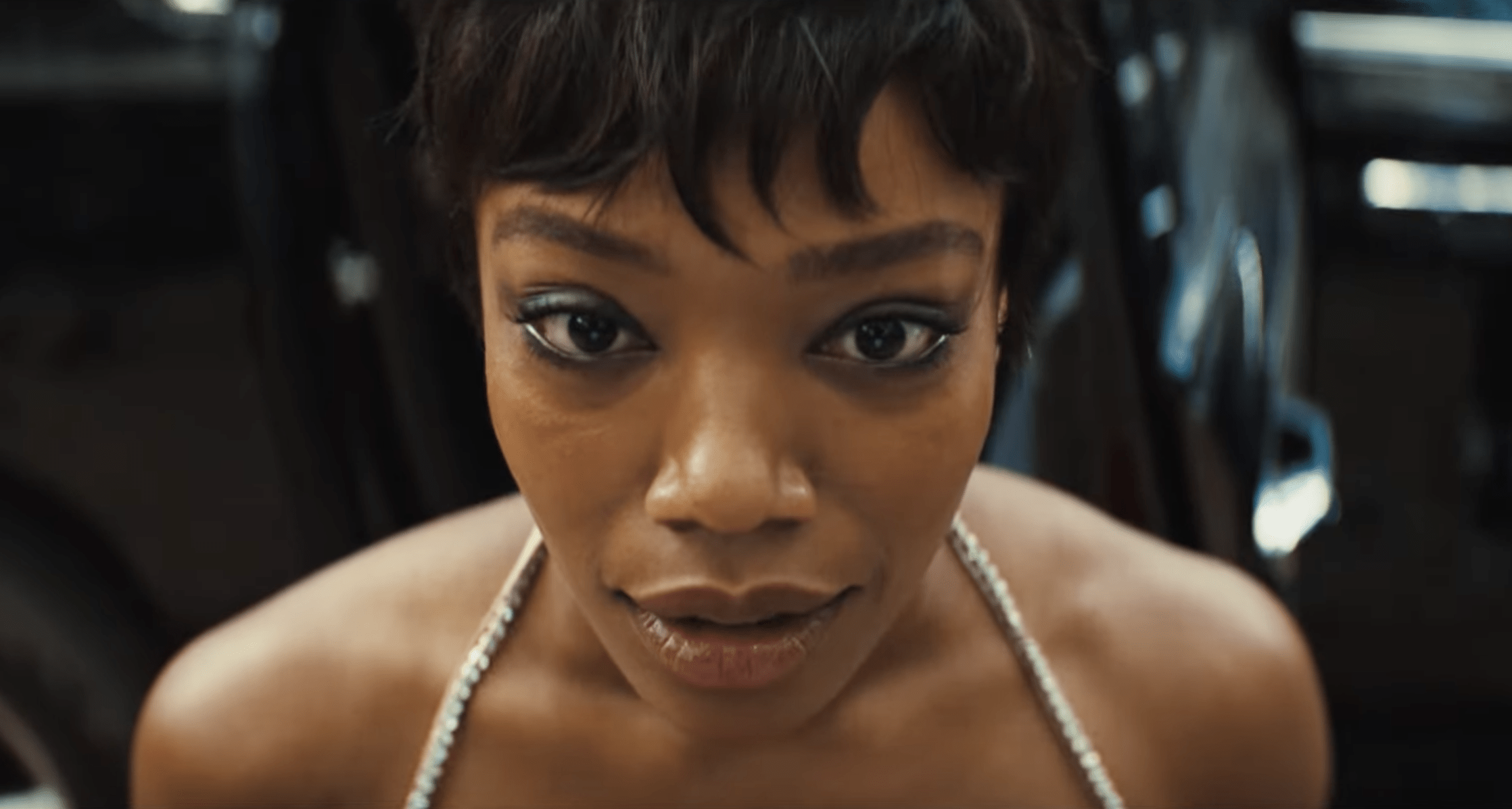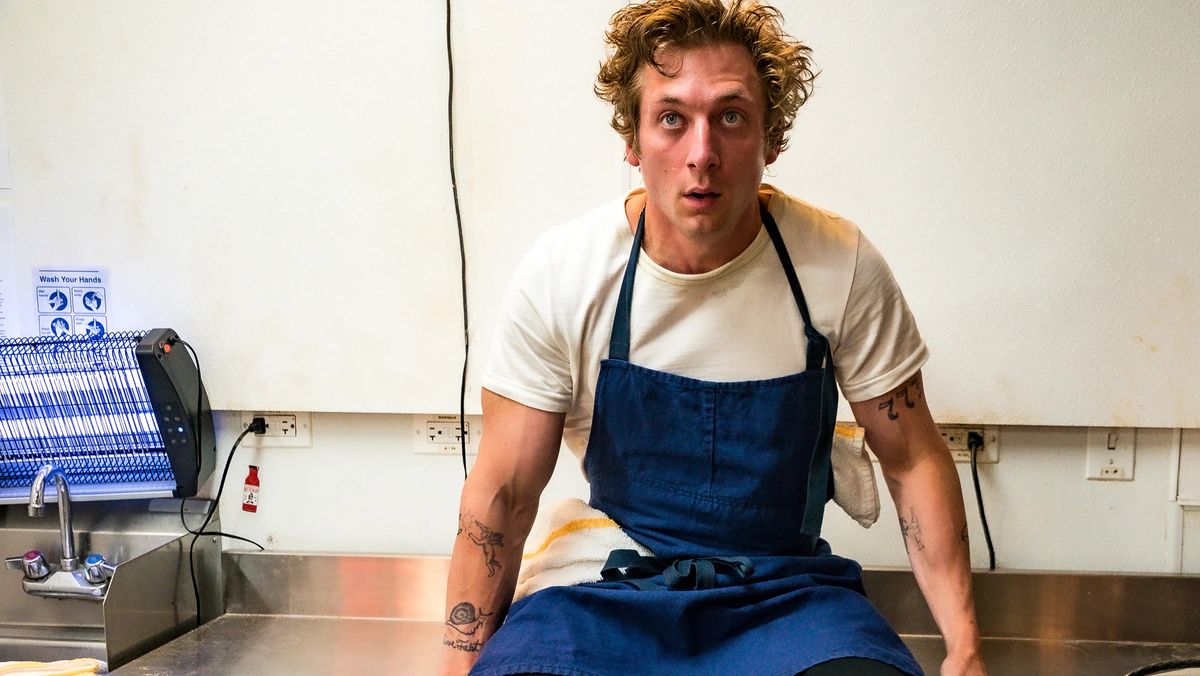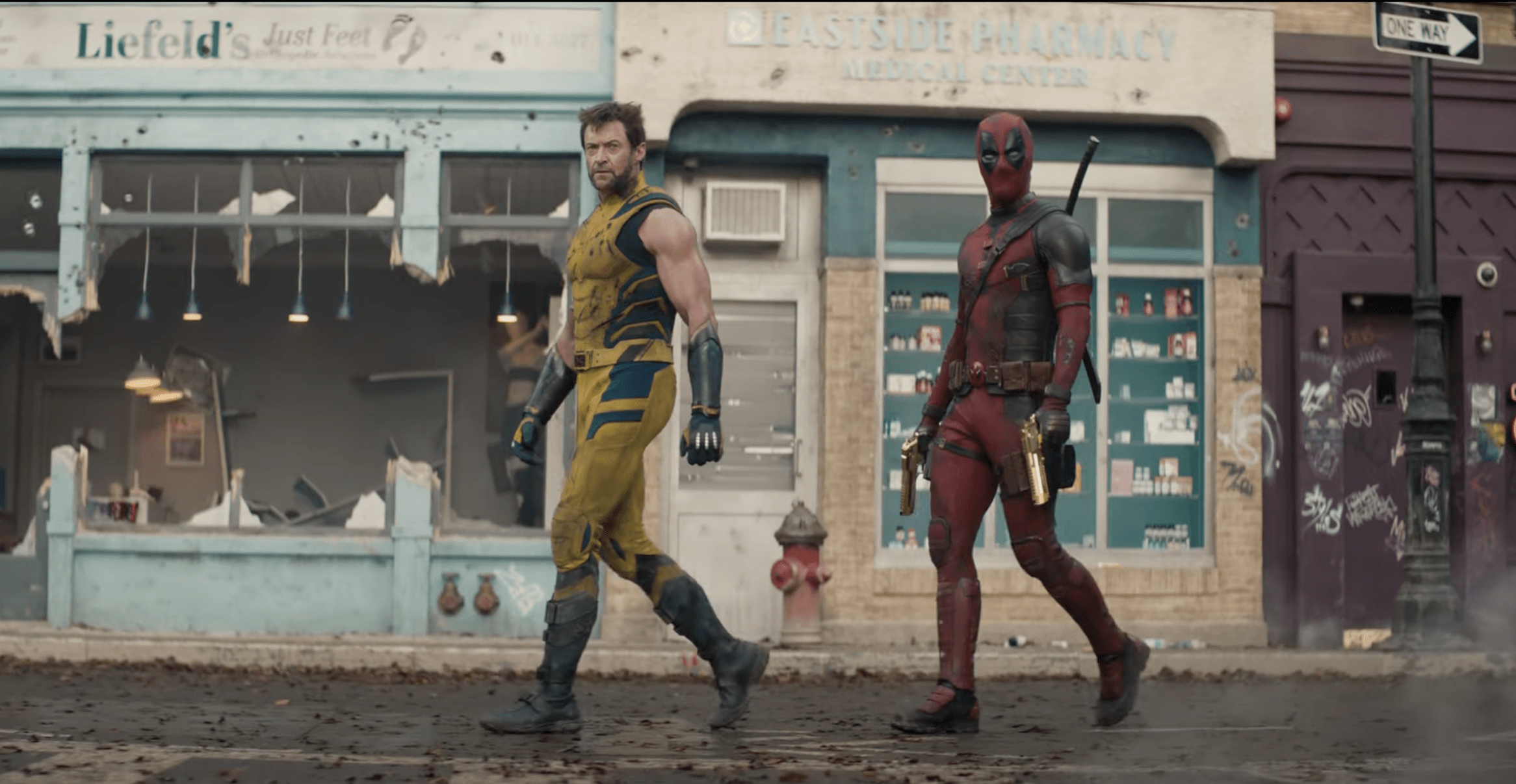‘Andor’ Editor on Massive Changes He and Tony Gilroy Made To Save ‘Rogue One’ From Terrible Trouble
Stories of a chaotic production have surrounded Rogue One: A Star Wars Story over the years, specifically in regards to major changes to the story and the fate of its characters in post-production. Now, editor John Gilroy has shed some new light on them.
It’s never too late to learn about juicy behind-the-scenes details, and Rogue One is the theatrical gift that keeps on giving. Despite much pre-release talk of a doomed project and countless rumors and tidbits since 2016 suggesting the film was heavily re-written and re-worked, a vast majority of general audiences, critics, and Star Wars fanatics have heavily embraced the Gareth Edwards-directed prequel to A New Hope.
During an episode of The Playlist’s Andor-centric podcast, editor John Gilroy — brother of showrunner and life-saver Tony Gilroy — shared fresh new details about his experience working on both Rogue One and the hit Disney Plus series Andor. You can listen to the entire conversation on Spotify (through the link we’ve shared), but we’ve extracted the highlights of their Rogue One chat for those short on time.
Much has been speculated regarding the scale of changes made to the film in post-production, including rewrites and “emergency reshoots.” Gilroy didn’t want to give away too much, but mentioned they were “really changing things” and coming up with “quite a different story”:
“I don’t know how much I’m supposed to say about it about that, but… it was really changing things and using all the tricks in your bag as an editor to make things work however you need to make them work, you make them work.”
“It was actually, I mean… the basic plan was very simple. They had the movie that they had and they called Tony in. And Tony huddled for a while with another editor, who was on already, Colin Goudie… and used a lot of the things that he had discovered when we were working together… and just basically made a new story. It was quite a different story. And then convinced Disney to invest in that story, which was a sizeable investment in time and money. And then it was just realizing what that was. So, it’s a new plan. You’re not just going in and experimenting. No, we had a new blueprint.”
Perhaps the most interesting fragment from the conversation is how he described doing sizable rewrites in the editing room with the clock ticking:
“And so we went in and just did what we did and I had a blueprint. I didn’t pay much attention to the other film except what we’re doing sometimes, is we’re taking a scene and we’re totally retasking things in that scene. I mean, I work with a microphone right next to my AVID. And if I get into a pickle with something, I’ll just mock a line in, an abridged line, or whatever I have to do. And then later on, it’s codified… and then we get the actor to do it. So, there’s a lot of rewriting that can go on in a cutting room if you need to. It’s not something you wanna do… for the first thing, if everybody wrote really great scripts and executed them perfectly, there’d be no need for that. But, things happen and that’s another elevated level to change the trajectory of a story or a film. And that’s something that people do.”
He then added such massive changes are impossible to do in television due to the austerity that traditionally accompanies those productions:
“When you start to experiment, which is what a lot of big features do, you know… A lot of big features, they go in, they have a weak third act, and then they shoot it, and then they see what they have, and then they go back for all these gigantic reshoots, and yeah… That’s a very expensive way of working. I mean, you can’t do that in television. I think the austerity breeds a certain kind of genius, because it sort of makes you, it focuses you on what you have to do.”
John Gilroy isn’t the first member of the Gilroy family — all three brothers have worked on Star Wars now — to openly discuss Rogue One‘s troubled road to success. In 2018, rescuer-turned-showrunner Tony Gilroy told The Hollywood Reporter the film’s original “mess” was rather easy to fix once those involved embraced the idea that it ultimately was “a movie about sacrifice.” In fact, Tony Gilroy easily won a screenplay credit for the film despite being brought into the process dangerously close to the film’s release.
Rogue One might be one of the best modern examples of a big blockbuster being saved in post-production, something that Star Wars history buffs are familiar with as A New Hope was deemed “a mess” before strong feedback and Marcia Lucas’ editing sculpted the rough early cuts of the classic. While some of the information surrounding the 2016 prequel’s problems is still a bit fuzzy and contradictory, it’s apparent the final product benefited from very difficult decisions that took Rogue One from what Tony Gilroy called a “mess” in “terrible, terrible trouble” to a Star Wars movie widely considered a modern fan-favorite.
Francisco J. Ruiz is that guy who has watched Jurassic Park a thousand times and loves Star Wars. His hunger for movies is only matched by his love for video games. He graduated in English Studies from the University of Malaga, in Spain. As he keeps writing about what he enjoys (and doesn’t) for websites all over, he’s continuing his studies.

